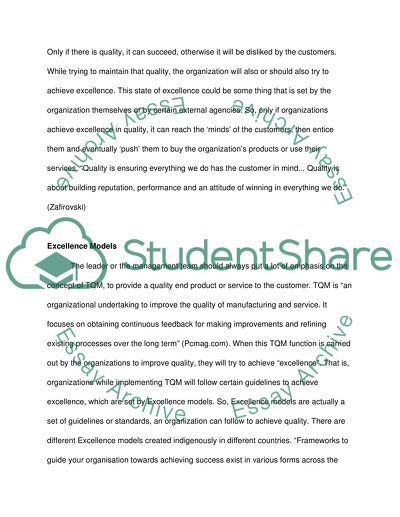Cite this document
(“Business Excellence Model Essay Example | Topics and Well Written Essays - 2000 words”, n.d.)
Business Excellence Model Essay Example | Topics and Well Written Essays - 2000 words. Retrieved from https://studentshare.org/miscellaneous/1545151-business-excellence-model
Business Excellence Model Essay Example | Topics and Well Written Essays - 2000 words. Retrieved from https://studentshare.org/miscellaneous/1545151-business-excellence-model
(Business Excellence Model Essay Example | Topics and Well Written Essays - 2000 Words)
Business Excellence Model Essay Example | Topics and Well Written Essays - 2000 Words. https://studentshare.org/miscellaneous/1545151-business-excellence-model.
Business Excellence Model Essay Example | Topics and Well Written Essays - 2000 Words. https://studentshare.org/miscellaneous/1545151-business-excellence-model.
“Business Excellence Model Essay Example | Topics and Well Written Essays - 2000 Words”, n.d. https://studentshare.org/miscellaneous/1545151-business-excellence-model.


